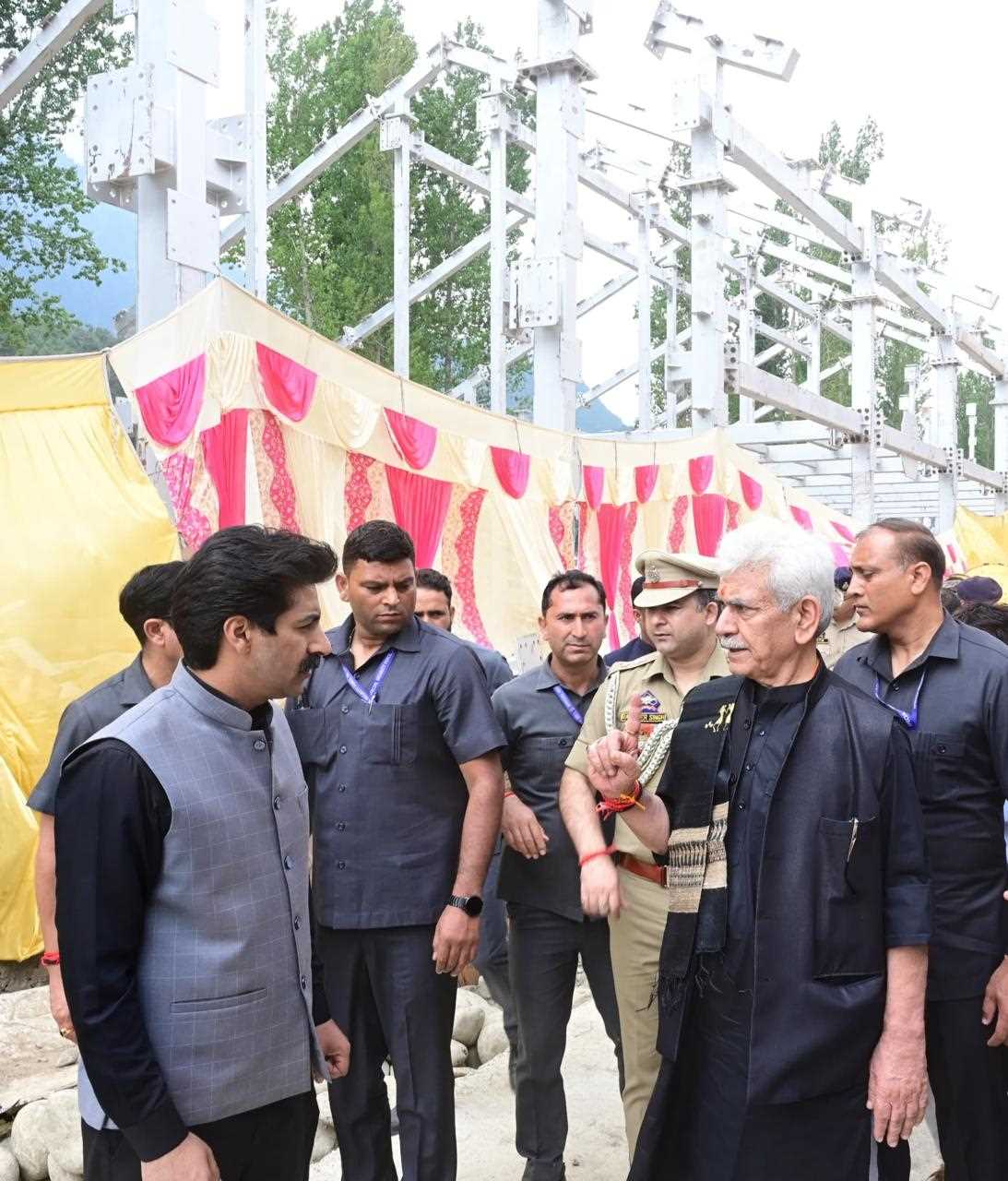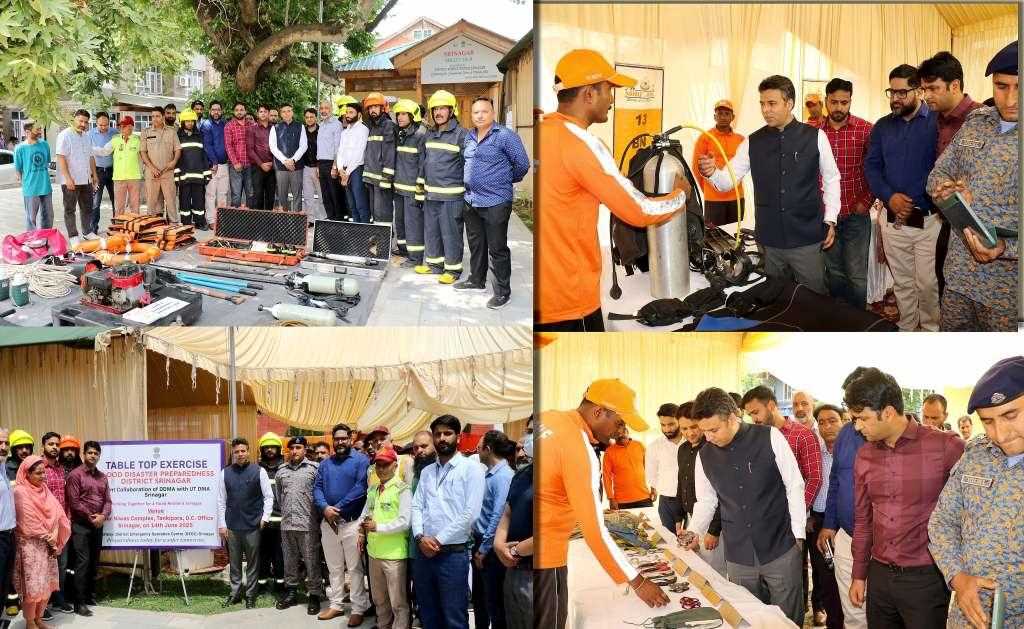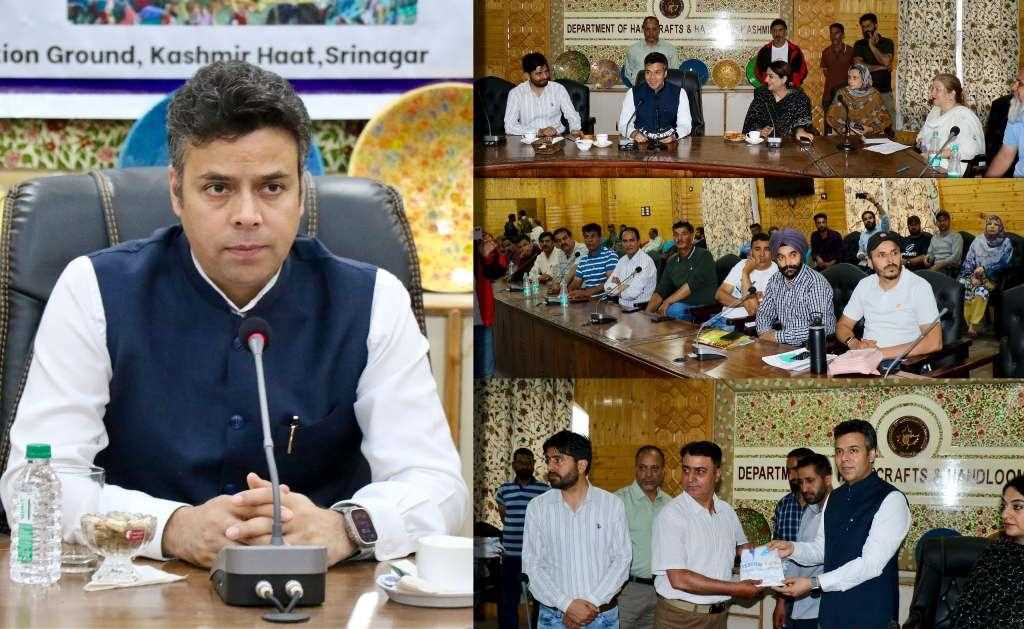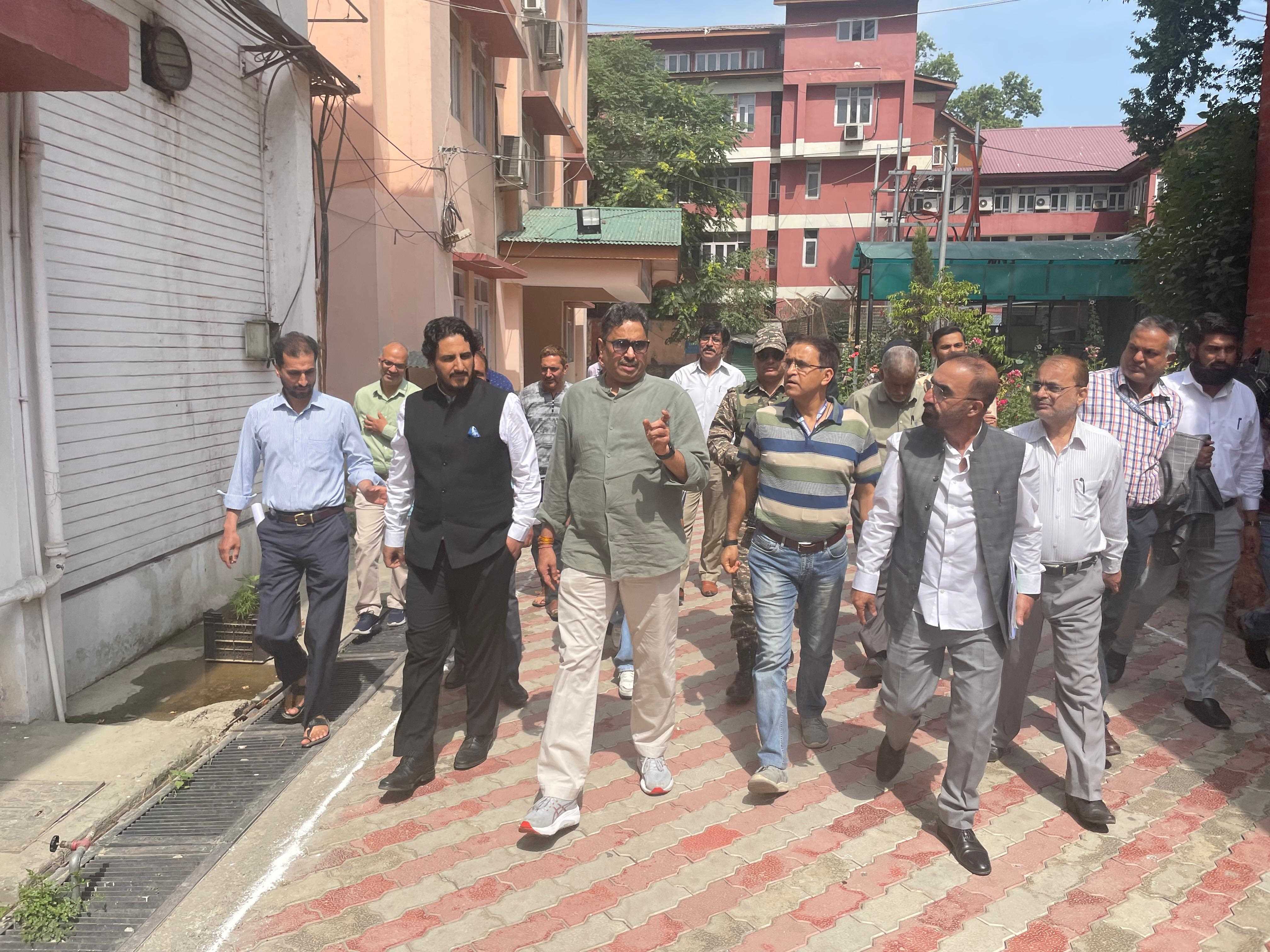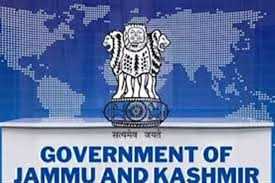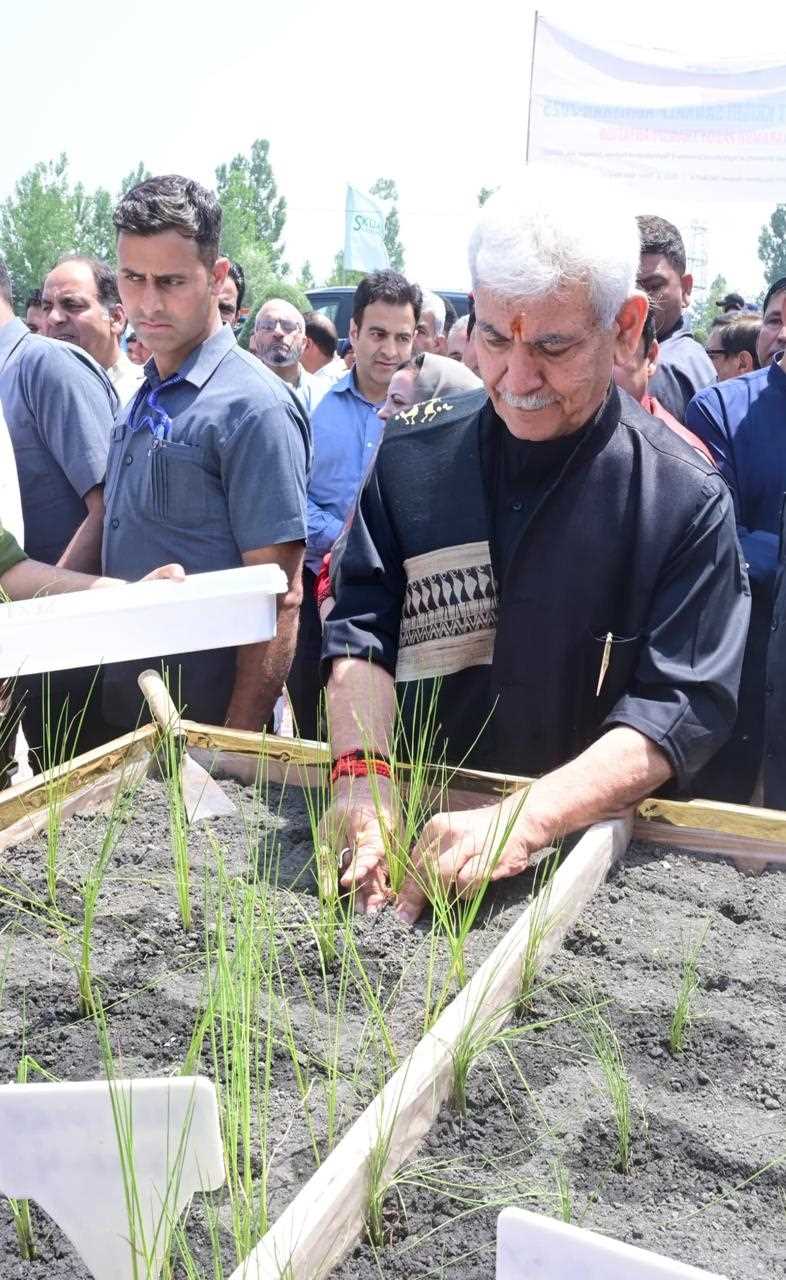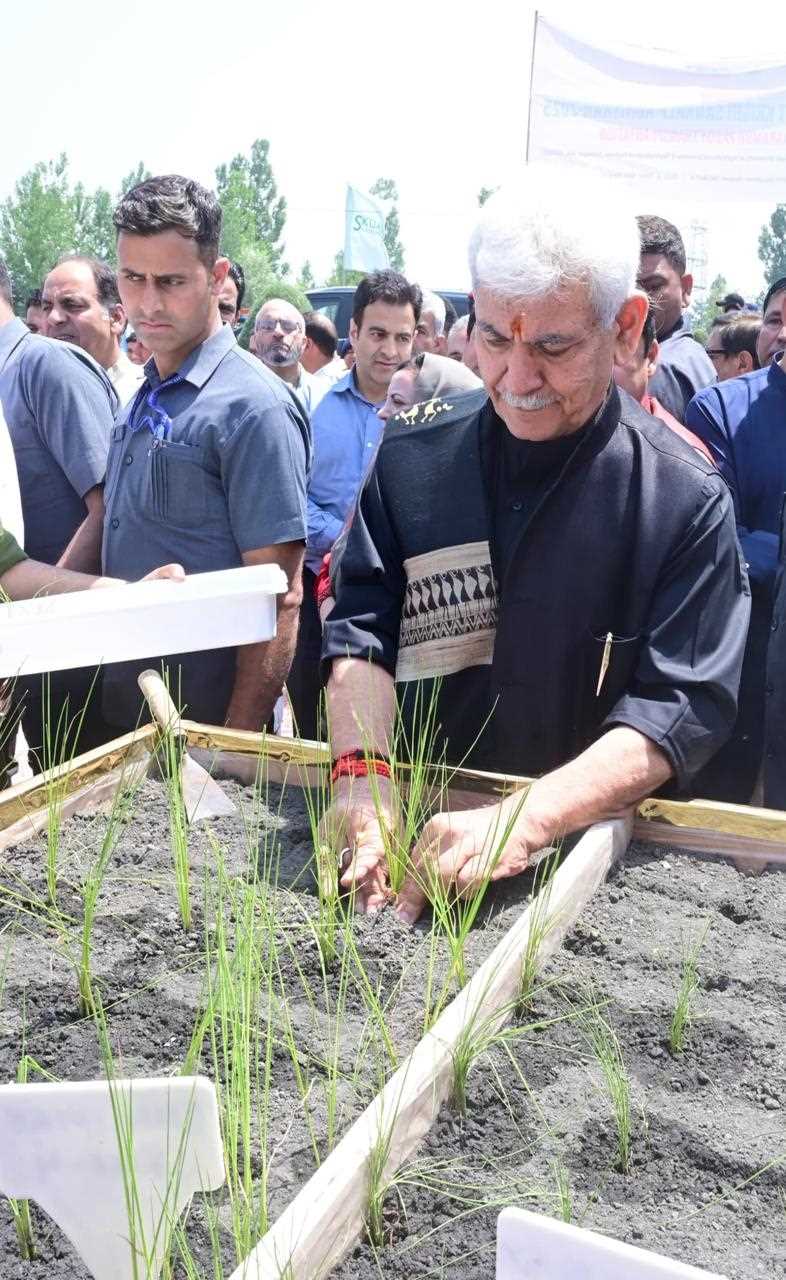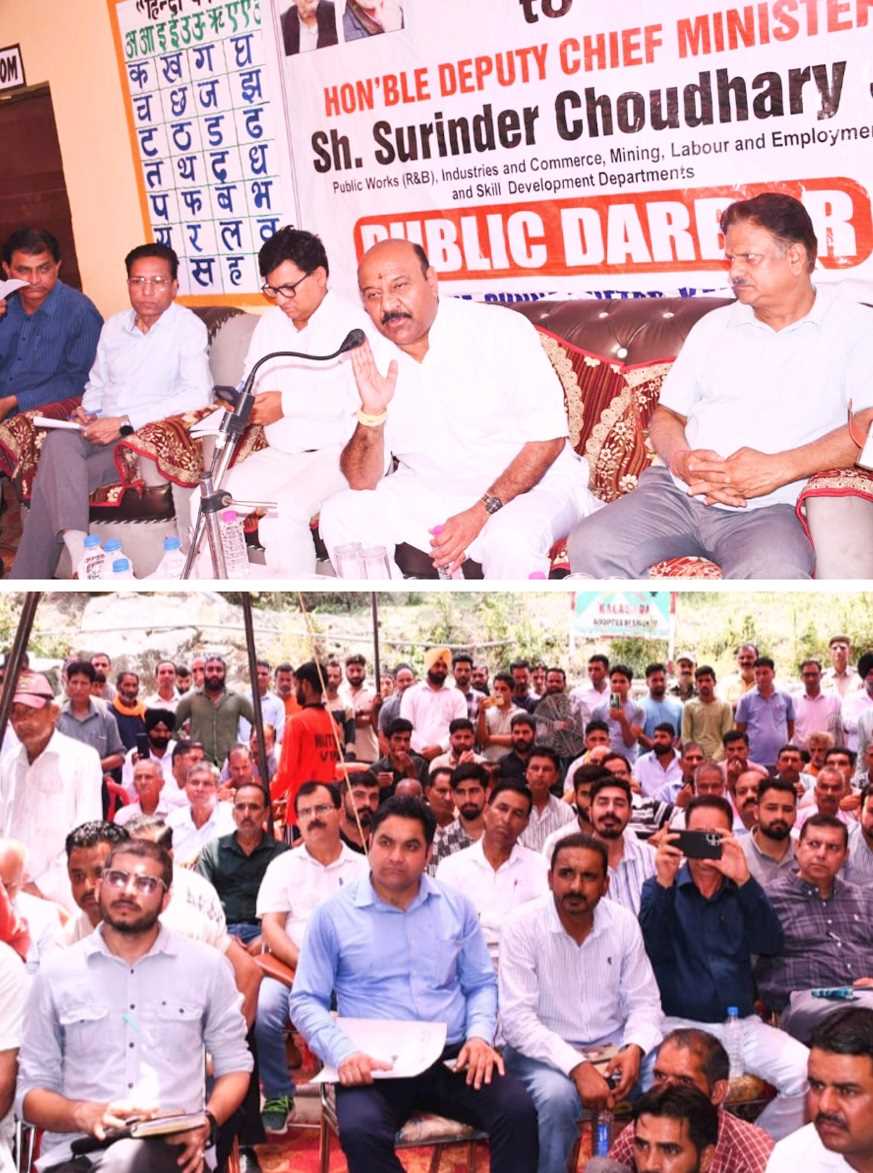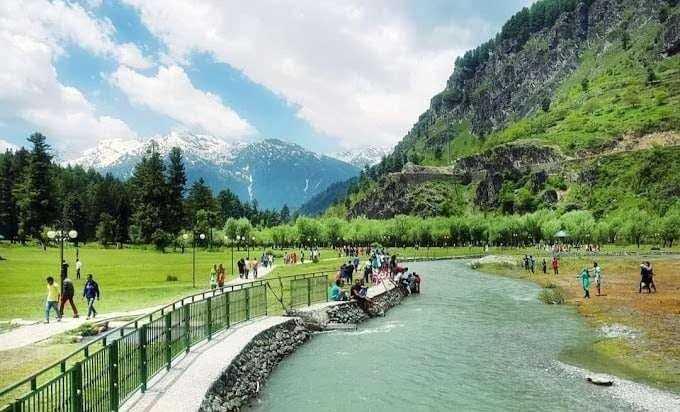The tragic incident involving Air India Flight AI171, which departed from Ahmedabad for London Gatwick and met with an accident shortly after take-off, has once again brought the vulnerabilities of aviation sector into sharp focus. With 242 passengers and crew on board, including a significant number of Indian nationals, the incident underscores the urgent need to reflect on the state of aviation — its growth, its gaps, and the recurring failures that lead to such disasters. Our aviation story is, in many ways, a tale of ambition and contradiction. From the iconic flights of J.R.D. Tata in the 1930s to becoming one of the fastest-growing aviation markets in the 21st century, the journey has been remarkable. Air India itself, once known as the “Maharaja of the Skies,” was a symbol of elegance and efficiency in global aviation. However, over the decades, a mix of bureaucratic mismanagement, inadequate regulatory enforcement, and neglect of infrastructure has led to systemic weaknesses that have often had tragic consequences. This isn’t the first time Indian aviation has been shaken by a major incident. The Mangalore crash in 2010, the Kozhikode crash in 2020, and multiple near-miss situations involving technical failures or human error point to recurring issues. Despite having a fleet of modern aircraft and an expanding network, our carriers — both public and private — often struggle with overworked crews, tight turnaround schedules, and cost-cutting that can compromise safety. The regulatory body, the Directorate General of Civil Aviation (DGCA), bears a heavy responsibility. While it has made strides in recent years, concerns remain about the enforcement of safety norms and the lack of independence from political and commercial pressures. Safety audits must be more than box-ticking exercises. They must translate into actionable change, with strict accountability for lapses. Moreover, maintenance practices, especially with aging aircraft like many in Air India’s fleet, demand urgent attention. Even a technologically advanced aircraft like the Boeing 787-8 is not immune to danger if maintenance schedules are stretched or components are compromised. The need of the hour is twofold: immediate support and transparency for the victims and their families, and a long-term commitment to reform aviation safety in the country. The government must invest in training, overhaul regulatory oversight, and ensure that no airline, state-run or private, operates below internationally accepted safety standards. Each disaster should not just provoke sorrow but spark serious reform. Our aviation has the potential to soar — but only if safety becomes its most unshakeable foundation.


